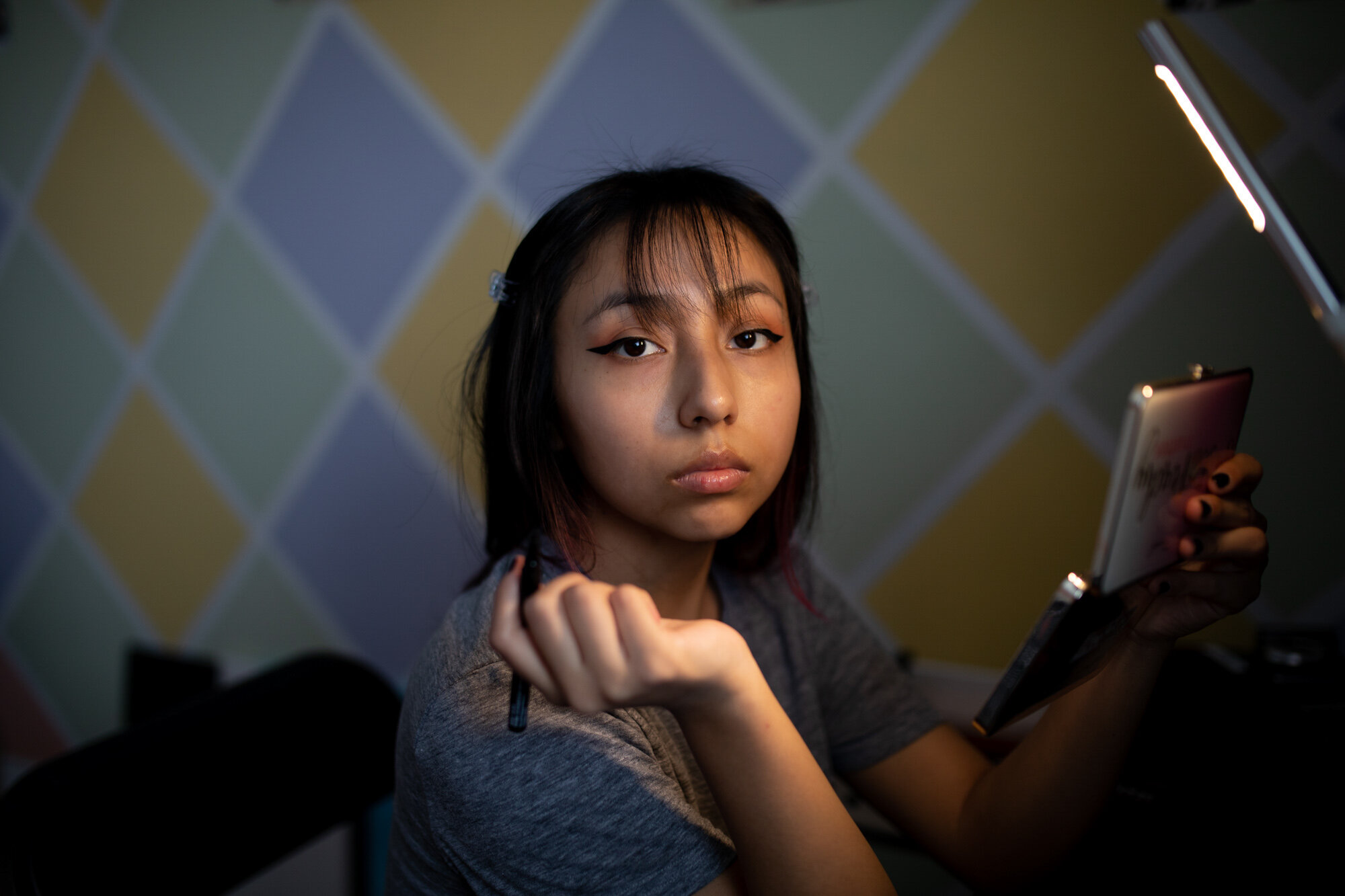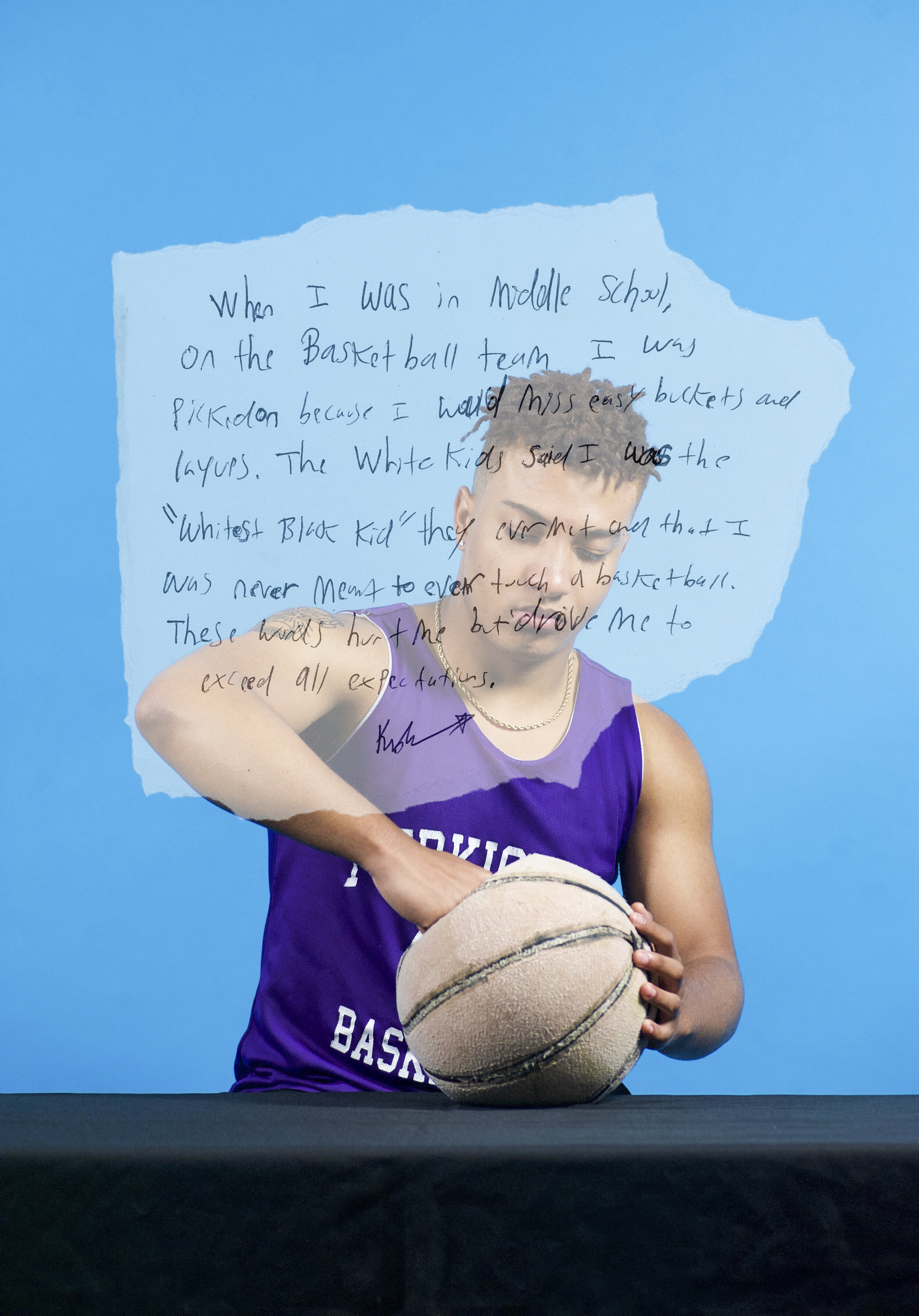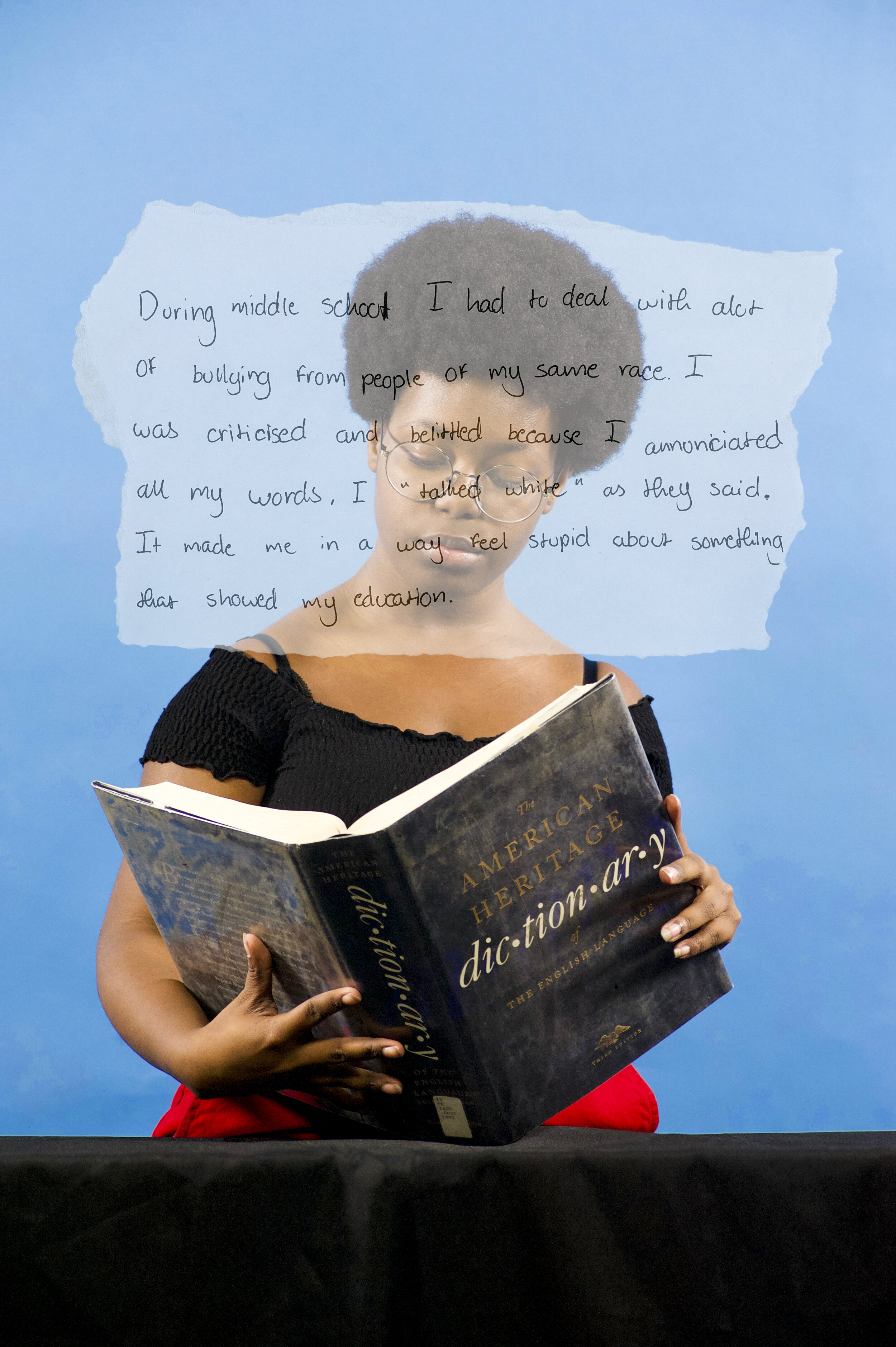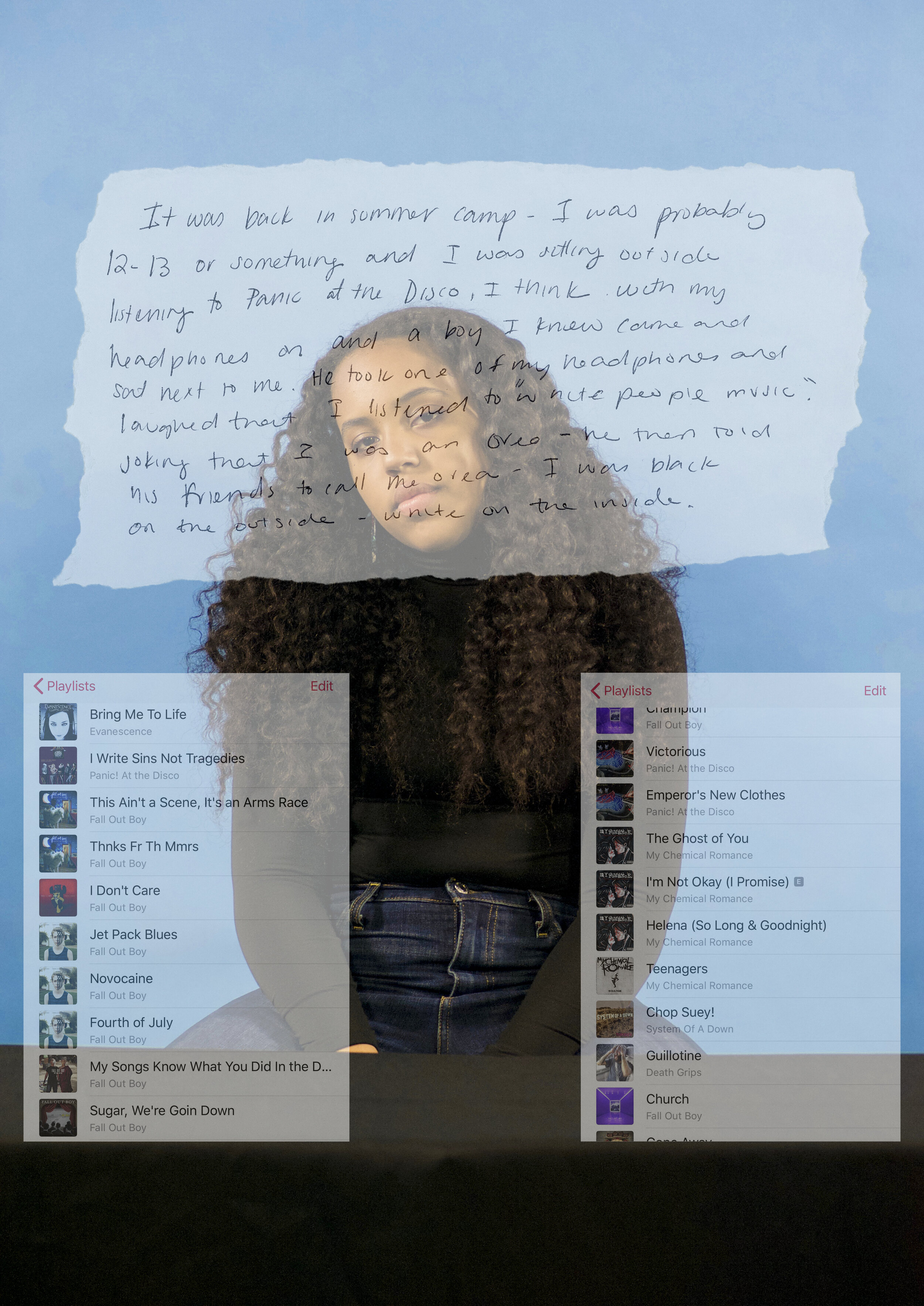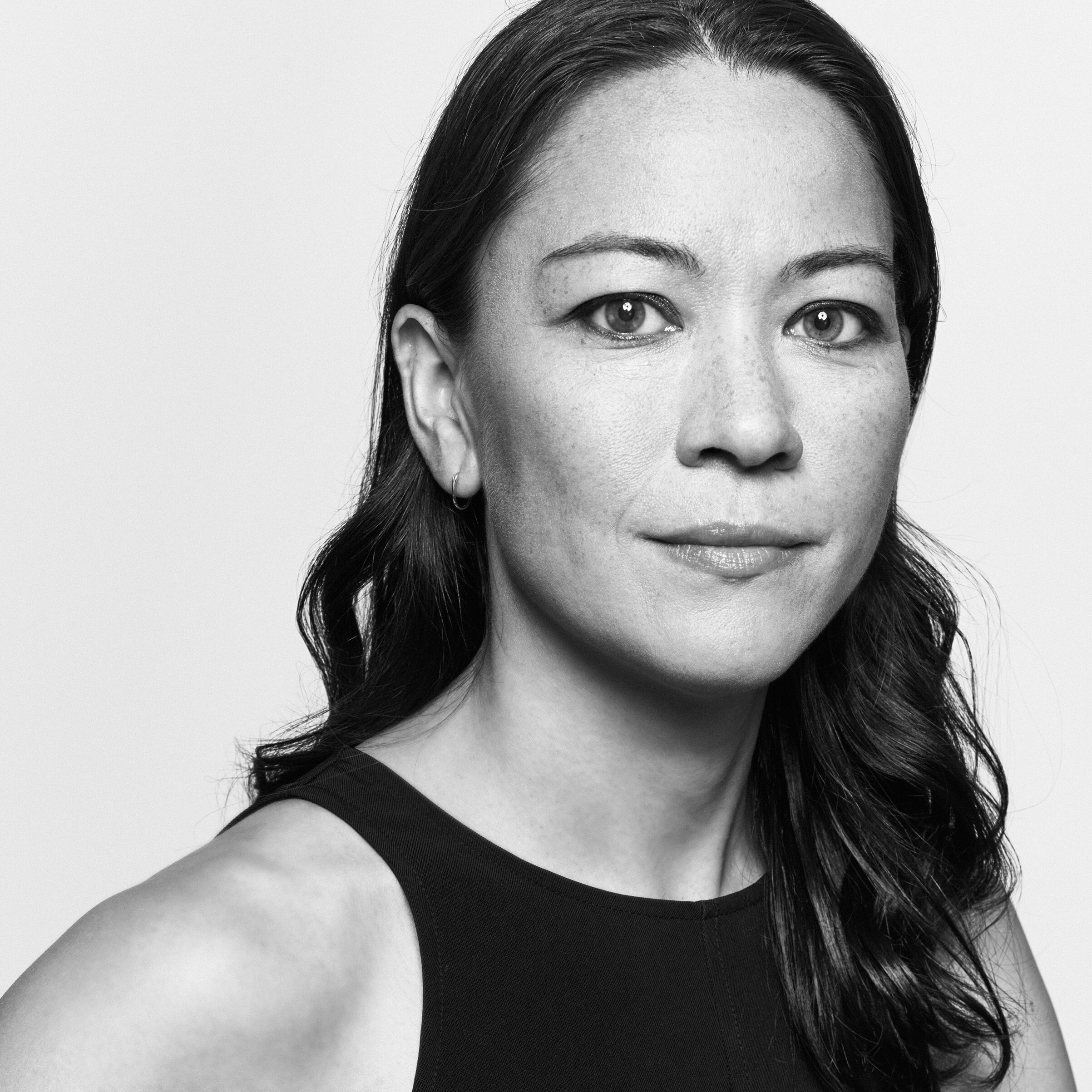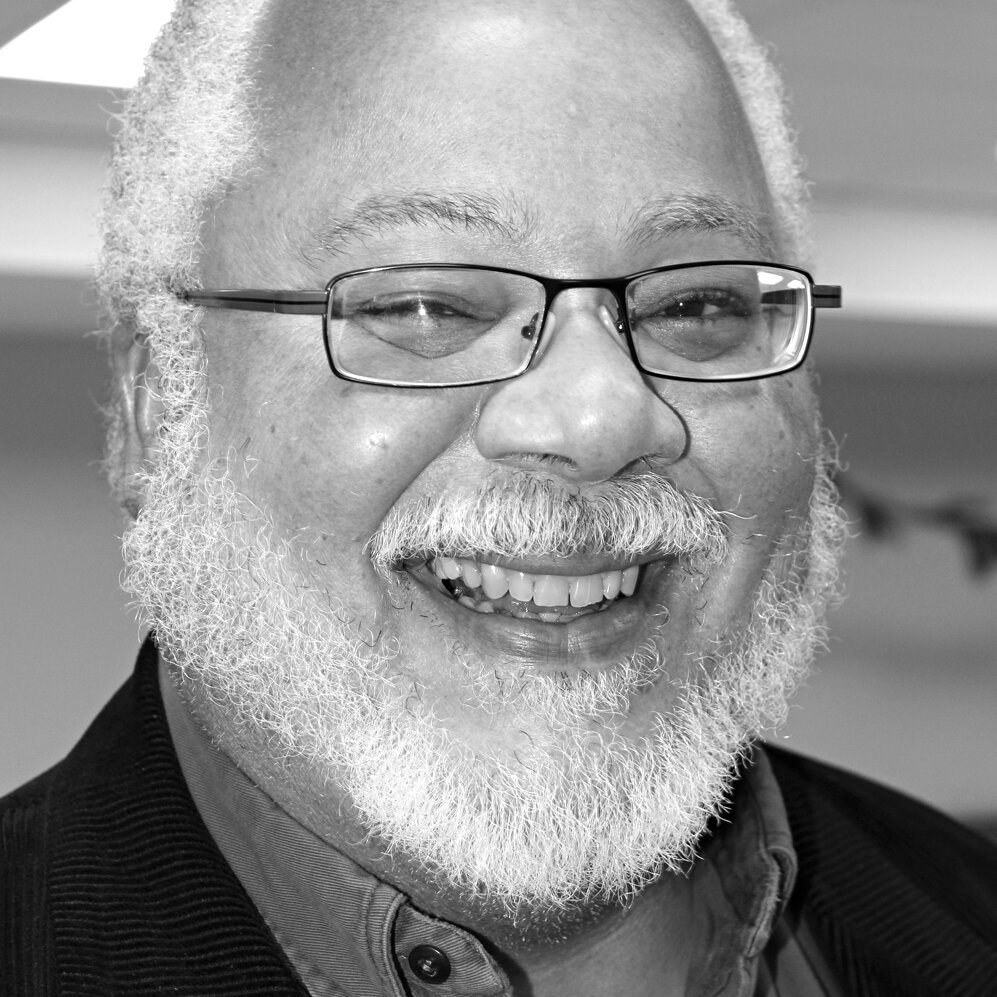The 2021 Women Photograph Grantees
Women Photograph is thrilled to announce the recipients of the 2021 grants: the Women Photograph Project Grants of $5,000 have been awarded to Eli Farinango, Golden, Lia Latty, Kathy Anne Lim, and Danielle Villasana. The Women Photograph + Getty Images Scholarship of $10,000 has been awarded to Tshepiso Mabula. We received over 1,300 applications from women and nonbinary photographers around the world — thank you to everyone who sent in proposals! Congratulations to the photographers selected — you can read more about their projects and connect with their work below.
Thank you to this year's grant sponsors, Nikon, Adobe, and Getty Images, and to our judges, Nina Berman, Sandy Ciric, Magdalena Herrera, Lekgetho Makola, John Edwin Mason, Vi Nguyen, Katherine Pomerantz, Miora Rajaonary, Sana Ullah, and Leslie Ureña.
Women Photograph
Project Grants
Eli Farinango
Canada + Ecuador | www.elifarinango.com | @elifarinango | she/her
Runa Kawsay is a long term transmedia project that explores the nuances of Indigenous identity from the personal experiences of the Kichwa community living in Turtle Island (North America.) The Kichwa community is one of the largest ethno-lingustic communities in Ecuador, with large populations migrating to North America and Europe since the late 1950s. With sizable populations spread out in various cities across the US and Canada, particularly in New York City, Wisconsin, Chicago, and the province of Ontario (Canada) where I grew up. In Kichwa, the term Runa Kawsay talks about the everyday moments that nurture the culture that sustains us. For many Kichwas in the diaspora our everyday personal rituals and collective celebrations become a blend of deeply rooted traditions with adaptations that reflect our realities in the different territories we occupy. By starting this long term project with my own story of migration and reconnection to my Kichwa roots. I encourage my collaborators to use image making as a space for empowerment and challenge colonial practices that have attempted to silence us for more than 500 years. Runa Kawsay shares the stories of joy and pain, of resistance and resilience of a diasporic community that is being built by a new generation of Kichwa families, activists, artists and thinkers, who are connecting to their roots, interpreting their culture in their own way and are leaving a historical archive for future generations.
Golden
USA | www.goldengoldengolden.com | @goldenthem | they/them
It's been pandemonium since the beginning for Black people in the United States. Even in 2020, with the rise of a global health pandemic and hate-based violence streamlining from white nationalism, Black trans people were statistically murdered at a higher rate than ever before. Every day I wake up with no manual on how we are going to make it; how to survive the unseeable threats of named weapons. But this isn’t new. In response to grief, “On Learning How to Live” documents Black trans life at the intersections of survival and living in the United States. These self-portraits act as a living archive, a resistance framework, a world within a country that doesn’t want Black trans people alive. Whether stating, I just want to wear my orange dress to the tennis courts & come back home unbothered, while in my home in Boston, MA, or sharing, I’m searching for & from freedom, while at my Grannie’s house in Pocomoke City, MD, these portraits reveal vulnerable windows into questions I ask myself daily: “What people do I belong to? How will they remember me? If there is a headline for my death will they name me as I am, or how the government perceives me to be?”
Lia Latty
USA | www.lialatty.com | @lialatty | she/her
To grow up as a Black person in America means facing biases and preconceptions that leave little room for one’s identity to be accepted. For a Black person to have any interests outside of what is considered the “norm” for them, can result in them being considered a “white person trapped in a Black person’s body.” This is what it means to be called an “oreo.” Influenced by past personal experiences, “Oreo” challenges the stereotypes that are constantly projected onto Black people and how it can affect their identity. In this project, it was usually experienced during the pre-adolescent/adolescent years. Each participant is photographed with the objects that resulted in them being called an “Oreo,” along with their statement of how the moment happened.
Kathy Anne Lim
Singapore | www.kathyannelim.com | @helloklim | she/her
With a conceptual documentary approach, ‘White Noise’ focuses on fumigations in Singapore, as a city set on the equator with a high population density — the country faces concerns with diseases transmittable by insects such as Dengue and Malaria using chemicals in an approach to keep them under control. Elusive allure and its swift disappearance guided Lim's initial reflections on the theatricalities of the clouds conjuring. Humanity is plagued by fears of loss, finitude and death and comforted by reminders of the lost, aware that something might persevere, at least in memory. The project will manifest as a publication, and aims to discuss the impact of minor environmental changes within the transient city — a pulse of imminent change is on the horizon, yet, the fog of uncertainty has yet to settle.
Danielle Villasana
Turkey + USA | www.daniellevillasana.com | @davillasana | she/her
In Samantha’s small room in San Pedro Sula, Honduras, prayer candles flicker: one with the words “Abre Camino,” or “Open Road,” lit up. Like many transgender women in this region, Samantha sees migration as an escape from the deadliest place for her community: Latin America leads the world in trans homicides at nearly 80% and most trans women here don’t live past 35. Because trans women in Central American are further threatened by the region’s endemic violence from gangs, clients, police, and even family, countless women flee north toward Mexico and the U.S. as a form of self-preservation. For nearly a decade, Danielle has photographed both the threats facing trans women and their resilience despite deeply rooted phobias to paint a more truthful, humanistic portrait of this community that’s often narrowly portrayed by the media. Abre Camino follows the migration journeys of women who risk their lives “to be more free,” as Alexa, a woman who recently made it to the U.S. after attempting to migrate three times, said.
Shortlist
We are also happy to congratulate these five photographers who were named as finalists, with a special jury citation for Taniya Sarkar:
Taniya Sarkar | India | taniyasarkarnet.wordpress.com | @taniya.sarkar2
Sumi Anjuman | Bangladesh | sumianjuman.wixsite.com/sumianjuman | @sumi_anjuman
Lina Geoushy | Egypt + UK | www.linageoushy.com | @linageoushy
Mayra Martell | Mexico | www.mayramartell.com | @mayra.martell
Gigi Tun | Myanmar | @tun_waihnin
Women Photograph + Getty Images Scholarship
Tshepiso Mabula
South Africa | www.behance.net/TshepisokaMabula | @hardcore_mabhalane | she/her
Ukugrumba, which means to “dig up” in isiXhosa, is a body of work motivated by my family’s trauma as a result of activism in South Africa's struggle against apartheid, liberation and reconciliation effects within present day South Africa. It seeks to exhume experiences of the foot soldiers that sacrificed their youth by fleeing away into exile to join in the trenches for armed struggle for national liberation; including those who stayed in the country to continue the fight against the brutal apartheid regime. More often than not, those who are hailed as heroes of the struggle are well known political figures. Ukugrumba is a visual representation and narrative of the forgotten people who were affected both mentally and physically by the effects of the armed struggle against apartheid.
Ukugrumba, also, examines haunted places that bear memories of a violent past. The work interrogates conversations of the struggle and details testimonies of untold stories of former liberation soldiers and their families. The work revisits the past to shed light on the reality of the trauma that apartheid caused. This trauma continues to plague both the old and new generations of South Africans. The individual stories in Ukugrumba are part of greater narrative of South Africa’s past in relation to the new South Africa of reconciliation.
Finalists
Congratulations to Somaya Abdelrahman, Katarzyna Piechowicz, and Nonzuzo Gxekwa, who were named as finalists for the grant.
Notes from the Judges:
“Danielle’s work stood out for its clarity and commitment to documenting the underreported story of the threats trans women face in Central America and why violence against them is a push factor in migration. We’re delighted to support the next chapter of the work which would provide important context and broaden the narrative.”
— Nina Berman
“More than ever, it is crucial to offer nuanced and complex narratives of Black people and Blackness. Lia Latty brought a fresh, multi-layered and much needed perspective on Black identity, using compelling aesthetics.”
— Miora Rajaonary
“The questions arise almost as soon as we appreciate the sheer beauty of Kathy Anne Lim's photographs. What is this white cloud that gives her lush tropical scenes the air of dreamscapes? Is it mist or smoke or something else? Lim's text tells us that it it's the fog of fumigation, part of Singapore's efforts to keep insect-borne diseases under control. That knowledge leaves us feeling tension within her images. They owe their beauty to nature being enveloped in a product of industrial society. This beauty, which would have disappeared soon after the shutter froze it in time for us, is a sign of the state's concern for public health, in the here and now. Yet the unspoken question of the long-term effects of fumigation on people and the natural world lurks just outside the frame.”
— John Edwin Mason
“We were immediately captivated by Golden’s ability to gracefully weave vulnerability and strength throughout each frame. Using self-portraits captured in familiar spaces both private and public, Golden firmly declares that Black trans lives do and should belong everywhere. We are excited to support this work and eager to see it develop and thrive out in the world.”
— Katherine Pomerantz
“Eli Farinango’s work unanimously caught the jurors attention for not only its aesthetically stunning images, but also for the emotional depth of Eli’s intention to document her own Kichwa community. In a time where the power of stories comes from reclaiming one's narratives, Eli’s work contributes to this movement by allowing the audience to see her truth.”
— Sana Ullah
“Tshepiso’s body of work was a moving and visceral experience for all of the judges. Her visual representation of memory, trauma, and belonging paired eloquently with her words and communicated the poise and emotional vulnerability she with which she approaches her craft. Please join us in congratulating Tshepiso as she starts her Master of Arts at the University of the Witwatersrand in Johannesburg!”
— Vi Nguyen
WOMEN PHOTOGRAPH PROJECT GRANT JUDGES
KATHERINE POMERANTZ
TIME
MIORA RAJAONARY
PHOTOGRAPHER
SANA ULLAH
NATIONAL GEOGRAPHIC SOCIETY
NINA BERMAN
PHOTOGRAPHER
JOHN EDWIN MASON
UVA + WOMEN PHOTOGRAPH
WOMEN PHOTOGRAPH + GETTY IMAGES GRANT JUDGES
MAGDALENA HERRERA
GEO FRANCE
SANDY CIRIC
GETTY IMAGES
LESLIE UREÑA
NATIONAL PORTRAIT GALLERY
LEKGETHO MAKOLA
JAVETT ART CENTRE
VI NGUYEN
WOMEN PHOTOGRAPH




